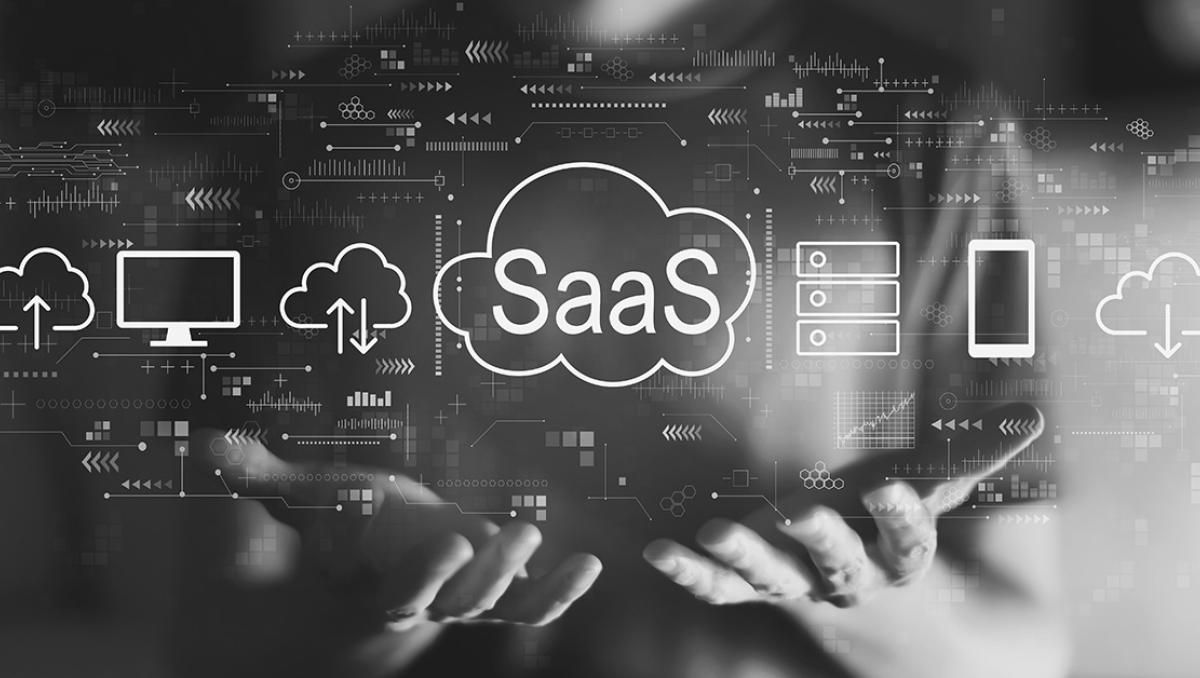- I recommend the Pixel 9 to most people looking to upgrade - especially while it's $250 off
- Google's viral research assistant just got its own app - here's how it can help you
- Sony will give you a free 55-inch 4K TV right now - but this is the last day to qualify
- I've used virtually every Linux distro, but this one has a fresh perspective
- The 7 gadgets I never travel without (and why they make such a big difference)
Best Practices for Securing Your SaaS Environment

Can you imagine a modern working world without Software-as-a-Service (SaaS) applications? Productivity, communication, and project management solutions have transformed the modern workplace, enabling hybrid and remote working, helping to cut costs, and offering unprecedented opportunities for collaboration and innovation. Without them, the business world would grind to a halt.
But these applications, like anything connected to the internet, are vulnerable to cyber threats. Part of the problem is that SaaS providers are responsible for securing SaaS infrastructure, platforms, and application itself, meaning the organizations that use them have relatively little control over their security – but that doesn’t mean there’s nothing you can do to deter cybercriminals from targeting your SaaS applications.
Understanding Cybercriminal Mindsets
Securing SaaS environments relies on understanding one key truth: it’s impossible to stop threat actors from attempting to breach networks, but you can implement measures to make yourself a less attractive target.
You’ve probably heard that old quote: “You don’t have to be faster than the bear to get away. You just have to run faster than the guy next to you.” The same is true for cybersecurity.
Cybercriminals are, at heart, predators, preying on the weak and vulnerable. Nine times out of ten, if they see you have robust cybersecurity defenses, they will move on and look for something else. Ultimately, they look for victims that will yield the highest rewards with the least effort. With this in mind, there are several core measures you can put in place to deter cybercriminals.
Enforce Strong Passwords and Mandatory MFA
Weak passwords cause a staggering number of breaches. Modern cybercriminals can easily crack weak and reused passwords using techniques like brute force attacks and credential stuffing. Ensuring all your staff use strong, unique passwords that include a mix of letters, numbers, and special characters.
Multi-factor authentication (MFA) adds another layer of protection by requiring users to verify their identity through an additional factor, like a mobile app, SMS code, or biometric data. By mandating MFA across all your SaaS applications, you significantly reduce the likelihood of cybercriminals gaining access to user accounts – even if they have cracked a user’s password.
Establish a Vulnerability Management Program
The longer you leave a vulnerability unpatched, the more likely a cybercriminal is to exploit it. In 2023, threat actors exploited vulnerabilities in an average of just five days, down from 32 in 2022. Fortunately, you don’t have to act particularly quickly to patch faster than most – it takes organizations an average of 55 days to patch 50% of their critical vulnerabilities.
Establishing a disciplined vulnerability management program will dramatically reduce the risk associated with your SaaS applications. Vulnerability management tools can automate this process, continuously scanning for vulnerabilities, prioritizing them based on risk, and applying patches without the need for human intervention.
Conduct Regular Penetration Testing and Adversary Simulations
Penetration testing (pen testing) and adversary simulations are valuable exercises for assessing the resilience of your SaaS environment. While they don’t inherently secure your SaaS environment, they do simulate real-world attack scenarios to identify vulnerabilities and determine how an attacker might exploit them. Here’s a brief overview of how they work:
- Pen Testing:
- Identifies and exploits vulnerabilities in systems, apps, or networks.
- Focuses on finding weaknesses through simulated attacks.
- Has a well-defined scope and limited engagement duration.
- Focuses on specific targets and follows a predefined methodology.
- Adversary Simulations:
- Simulate real-world threats, including social engineering and APTs.
- Test an organization’s detection, response, and resilience.
- Have a broader scope, with fewer restrictions and multiple attack vectors.
- Assess defense and response, not just vulnerabilities.
By conducting pen tests and adversary simulations, you can identify any weak points in your security infrastructure and take proactive measures to strengthen them, thus deterring cybercriminals.
Integrate Security into the CI/CD Pipeline
In the rush to develop products and solutions as quickly as possible, far too many developers nowadays see security as an afterthought, bolting it on at the end. Developers must integrate security into the continuous integration/continuous delivery (CI/CD) to ensure that vulnerabilities are addressed during development, not after.
This approach, known as DevSecOps, involves incorporating security checks, code analysis, and vulnerability scanning into the development lifecycle. By identifying and addressing issues early, you can save time and resources while reducing the risk of deploying vulnerable code.
Implement Continuous Monitoring
Detecting and responding to threats in real-time is crucial to protecting your SaaS applications. You must deploy tools that offer visibility into these applications, including user activity, data access patterns, and system performance, so you can detect anomalous behavior and respond to threats as and when they arise.
Conclusion
The key takeaway here is that even relatively basic cybersecurity measures can have a massive impact on the risk to your SaaS environment. By implementing the measures above, you will be more secure than the vast majority of organizations and a high-effort target for attackers. Remember: “You don’t have to be faster than the bear to get away. You just have to run faster than the guy next to you.”

